Arriving via two 45-minute Alaska Seaplanes flights
Our flights from Sitka to Juneau and on to Skagway (in a Cessna Caravan 208) felt like a sightseeing trip, flying mostly over the mountains on a beautiful day. Gail even sat in the co-pilot seat, for the 1st leg. On the second leg, the pilot asked the 8 passengers if we’d like to take the scenic route, and of course we all said “Yes!” So we flew over the mountains, instead of up the Lynn Canal.
We loved Skagway!
We stayed at the Historic Skagway Inn (history) 3 nights. It’s a Victorian Inn, est. 1897 (now a B&B), located within the downtown Historic District, in the former red light district.1 It was very convenient, less than 10 minutes walk anywhere we went. NOT to mention, that the best meal of our whole trip was at Olivia’s Bistro at the Inn on our last night.
Exploring Historic Skagway & Re-Visiting (sort of) 1 National Park Site
We spent most of our time (Sunday PM, Monday, and Wednesday AM) exploring Historic Skagway. Much of it is part of the Klondike Gold Rush NHP (well, other than all the jewely stores, souvenir shops & restaurants, and even some of those are in buildings restored by the National Park Service).
Klondike Gold Rush National Historical Park (#3-Revisit (sort of, as we have visited the Seattle Unit multiple times, but this was our first visit to the “mother ship”, in Skagway.))
Headlines screamed “Gold!” The dream of a better life catapulted thousands of people to Alaska and the Yukon Territory. Their journey shaped them, and changed the people they encountered and the north forever. Alaska Native and First Nations communities adapted to hold onto another kind of wealth: their culture, land, and way of life. Today, the park remembers the trails, boomtowns, and stories of the Klondike Gold Rush. Some sites we visited:
- Klondike Gold Rush NHP Visitor Center & Museum, which hosted the park movie, told the story of the Gold Rush and lot about the hardships of the 2 trails to the Klondike, and hosted some of the Ranger Talks that we attended.
- Jeff Smith Salon, where we learned, on a Ranger Talk, about the notorious outlaw Jefferson Randolph “Soapy” Smith. After 20+ years around Denver, he came to Skagway and led his nefarious band of con men from this buildings cramped rooms for only 3 months before his death in a gunfight. In 1935, Skagway promoter Martin Itjen converted Jeff Smiths Parlor into a home-spun museum with gold-rush era artifacts, folk art, strange taxidermy, and even animatronic manikins.
- The Mascot Saloon, originally built in 1898, which went through a few remodels and owners in just its first few years. Now used to illustrate what a Klondike Gold Rush Era Saloon looked like and how it operated.
- The Moore Homestead, built over the course of several years starting in 1897, this was the home of the first family to live in Skagway. .
- The Chilkoot Trail Center, where we learned that starting in January 2025, hikers can hike the trail on the U.S. or Canadian sides only and must turn around at the border. It is now illegal to cross the international border between Canada and the United States via the Chilkoot Trail, which is a 33 mile (53 km) international trail that starts at Dyea, AK and ends at Bennett, BC. Apparently, one can no longer through-hike the Pacific Crest Trail, either.
Our exploring also included visits to:
- Legend & Lies: Historic Skagway Saloon Tour…a city tour (to the historic cemetery and Soapy Smith’s grave), a lesson in how to make an 1890’s cocktail “Alice’s Gold Digger”, a taste of Absynthe, and an entertaining history of Skagway, Scallywags, and Good Time Girls.
- Skagway Museum, with exhibits in the venerable McCabe College building, originally built as a school in 1899 by the Methodist church, closed in 1901 and the building was sold to the federal government for the U.S. Court House. The building served as U.S. Court House and jail until 1956, when it was purchased by the City of Skagway. It has served as City Hall and Skagway Museum since 1961.
- Skagway Brewery, established 1898, where we had dinner one night
And Yes, that did include a trip to Yukon Territory
Tuesday was largley spent on the 8-hour Bennett Lake Scenic Railroad Tour, a round trip van/train tour from Skagway, Alaska, USA to Carcross, Yukon, Canada. We traveled through a variety of ecosystems, ascending from sea level to the White Pass summit and down to Carcross, from a coastal temperate rainforest to boreal forests of fir, spruce, and birch trees to subalpine and alpine tundra.
- We drove 3.5 hours via van to Carcross on the Klondike Highway, stopping a few times for picture ops and going through Canadian Customs, and to visit picturesque Emerald Lake.
- We had time to visit in Carcross, at the north end of Lake Bennett for awhile…time enough to see exhibits, buy a couple of gifts and get ice cream cones.
- Then we boarded the White Pass & Yukon Railroad, for our return 4-hour train journey, with a stop at the south end of Lake Bennett (reachable only via the train or by hiking 33 miles of the Chilkoot Trail). There we had time to tour the Chilkoot Trail National Historic Site and Bennett Station Museum. This is where the Klondike Gold Seekers camped after hiking either trail, waiting for the lake to thaw so they could boat down it and on the Yukon River to Dawson City.
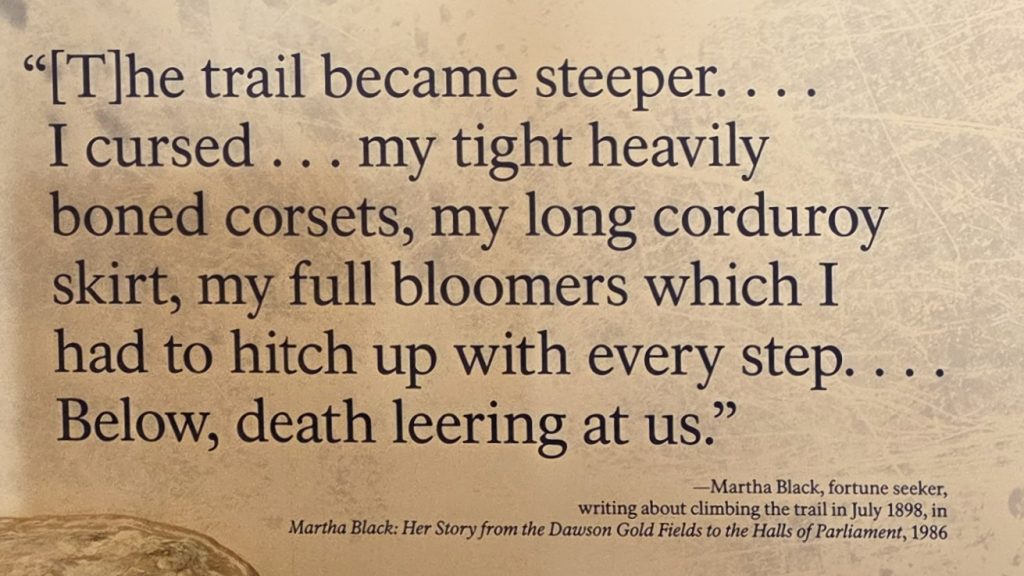
We can NOT imagine what hiking that, transporting 2,000 lbs of goods, in 1898, must have been like (especially wearing a corset, like Martha Black, born in Chicago. She left behind the strictures of high society to join the Klondike Gold Rush in 1898 and did climb the Chilkoot Trail in a corset!)
Got Home last night…One last Alaska post coming…Juneau
For more pictures (later), see Adventure Album: Alaska!
PREVIOUS Traveling Where Now? . . . . . NEXT Traveling Where Now?
- All the rooms in the Inn are named after women of “negotiable affections” in Skagway during the Klondike Gold Rush. We stayed in Birdie. Birdie Ash was one of the five women fined during the shutdown of the Alaska Street restricted district in November 1917. She received the lightest sentence, only $25 and costs compared to Essie Miller’s $200. That suggests she had a one-woman crib. She had paid her quarterly fines in 1904, and once each in 1907, 1908, and 1909, indicating that she was a part-time worker in Skagway. ↩︎
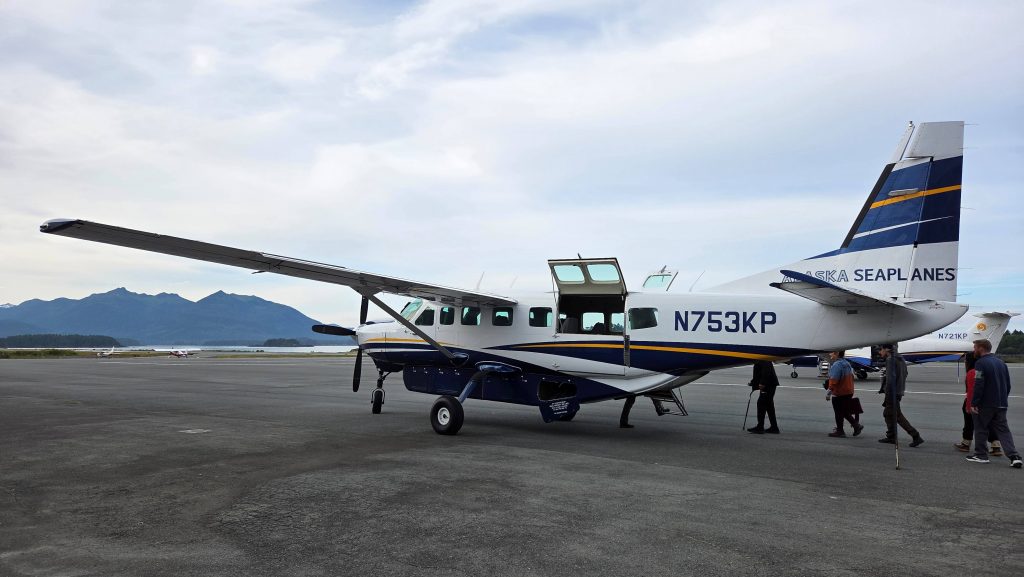

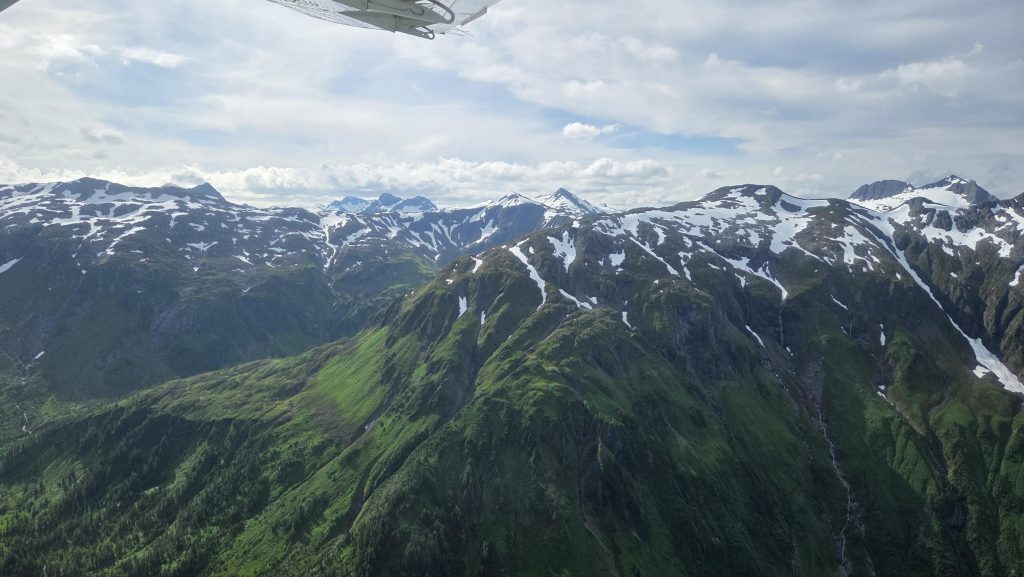
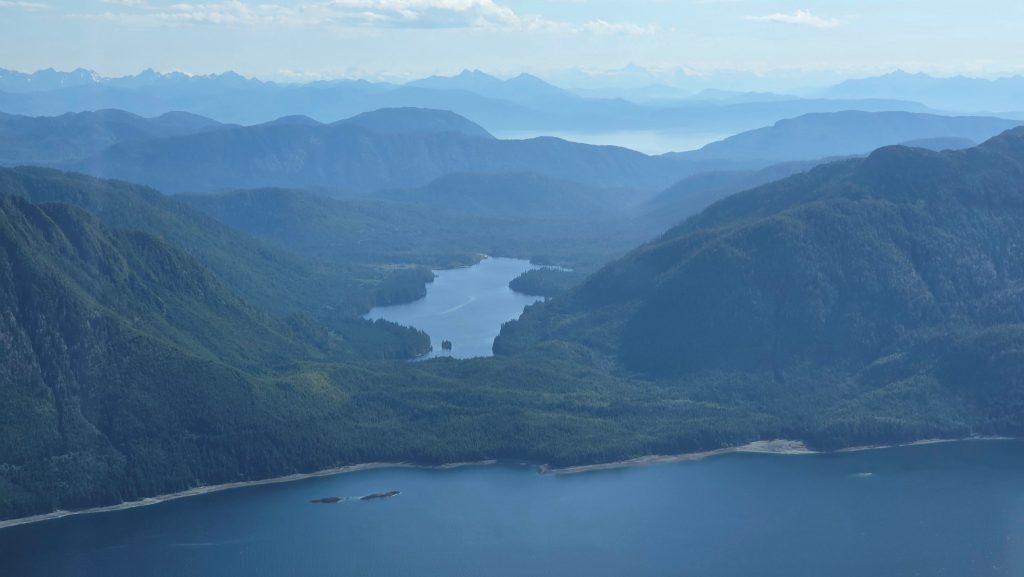
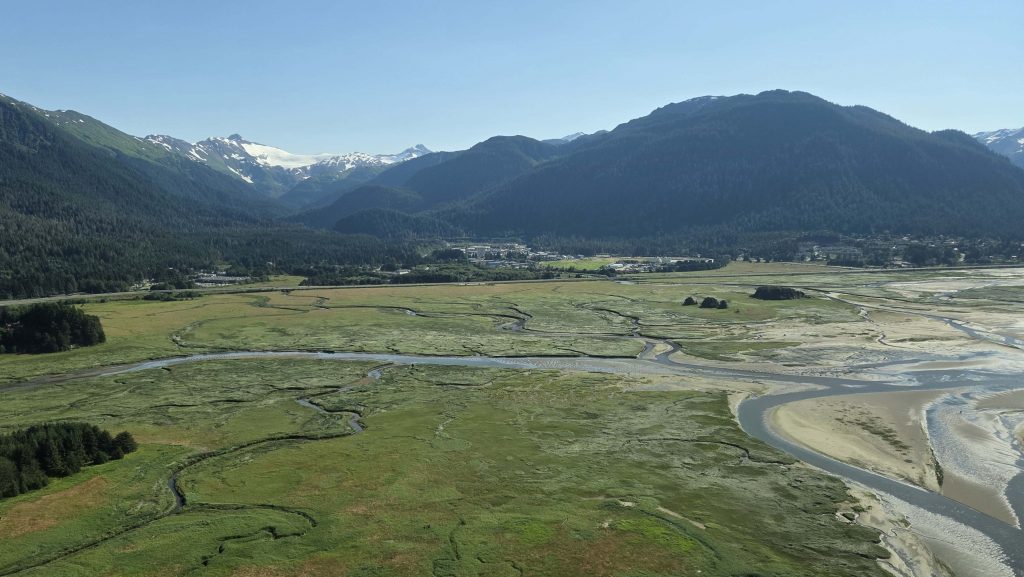
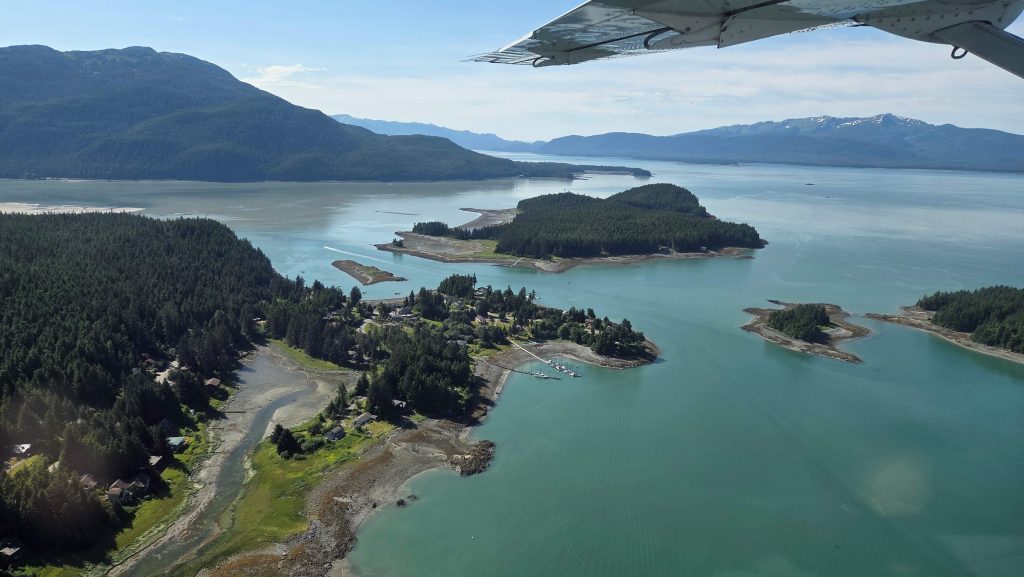
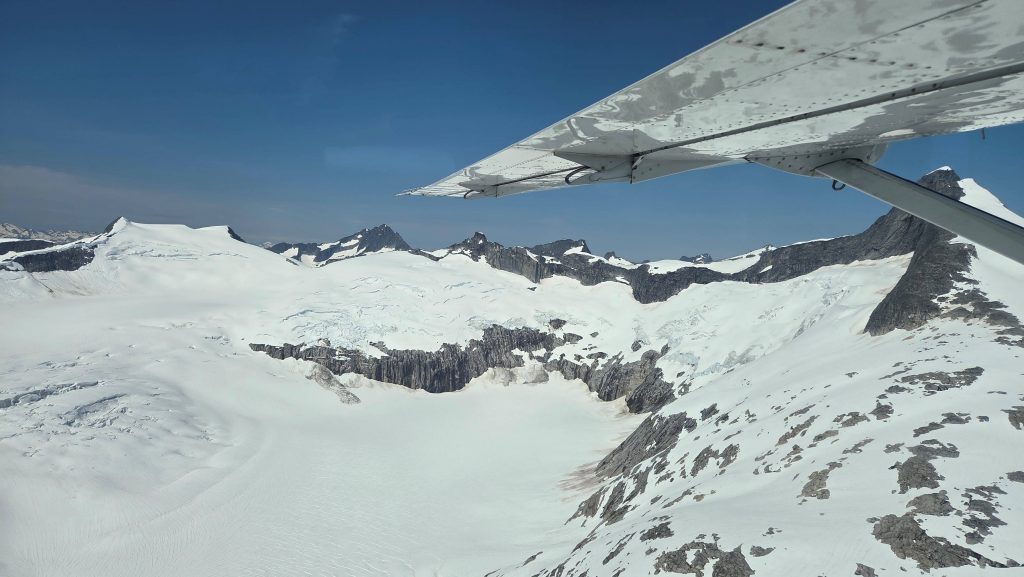
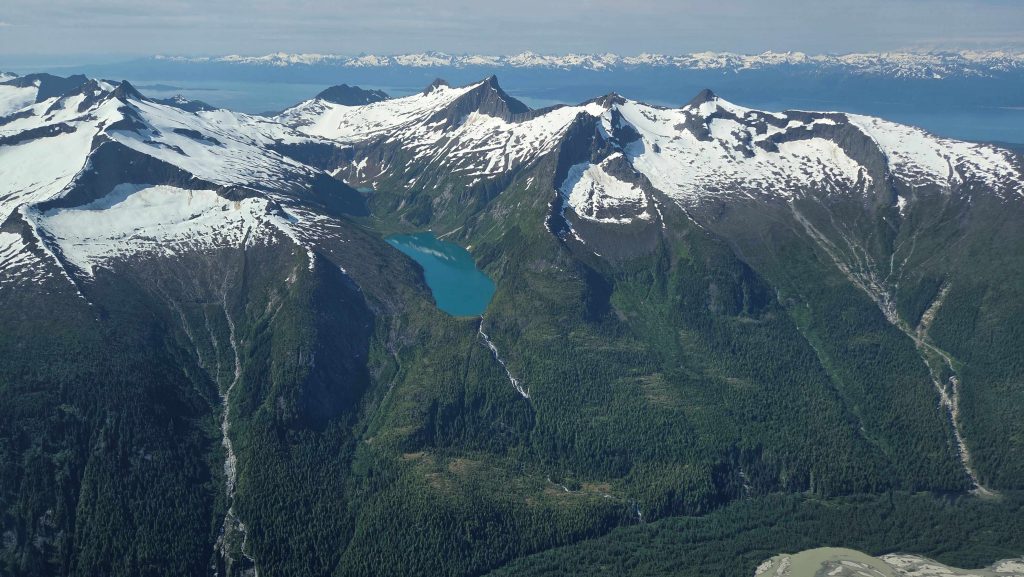
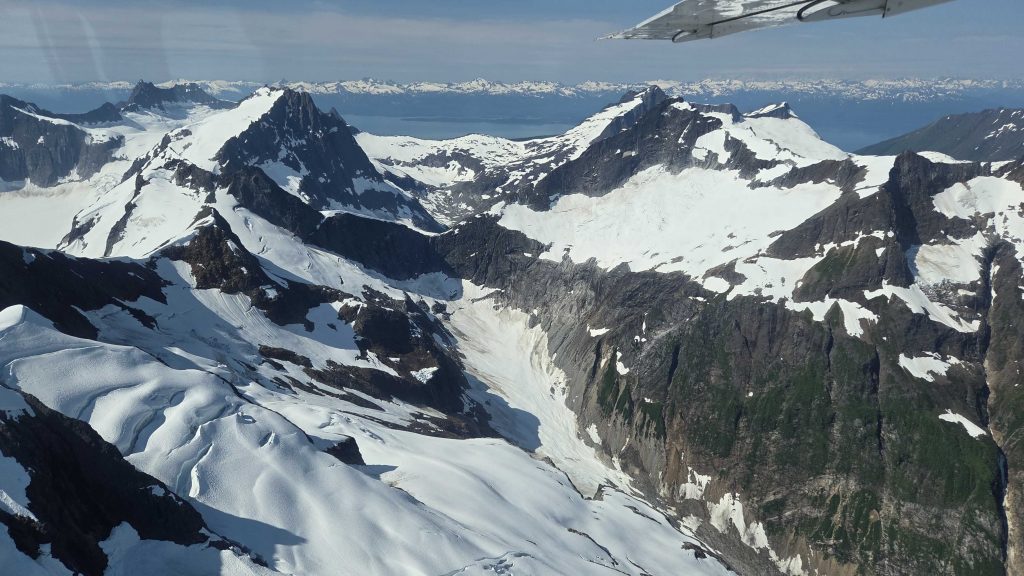
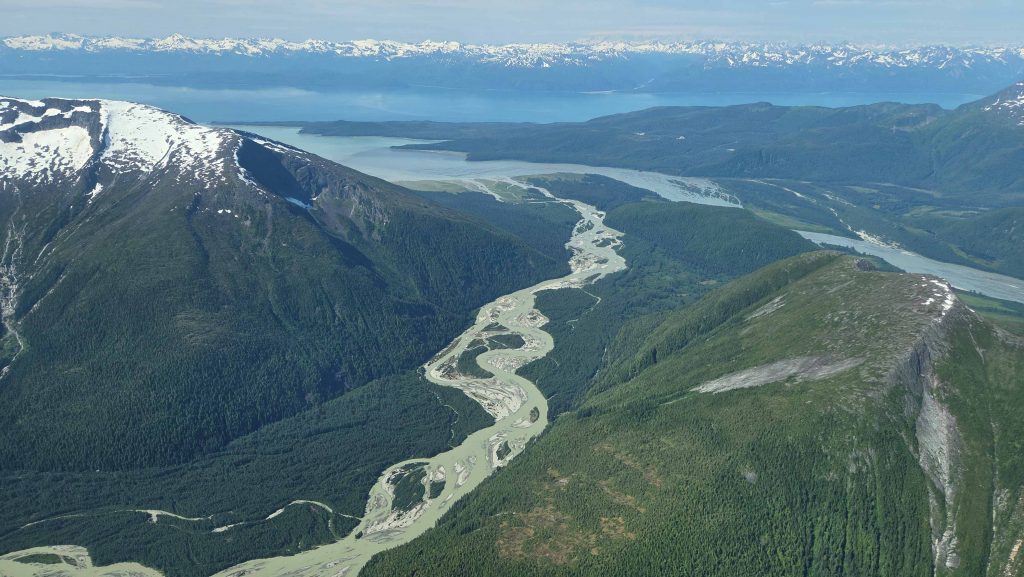
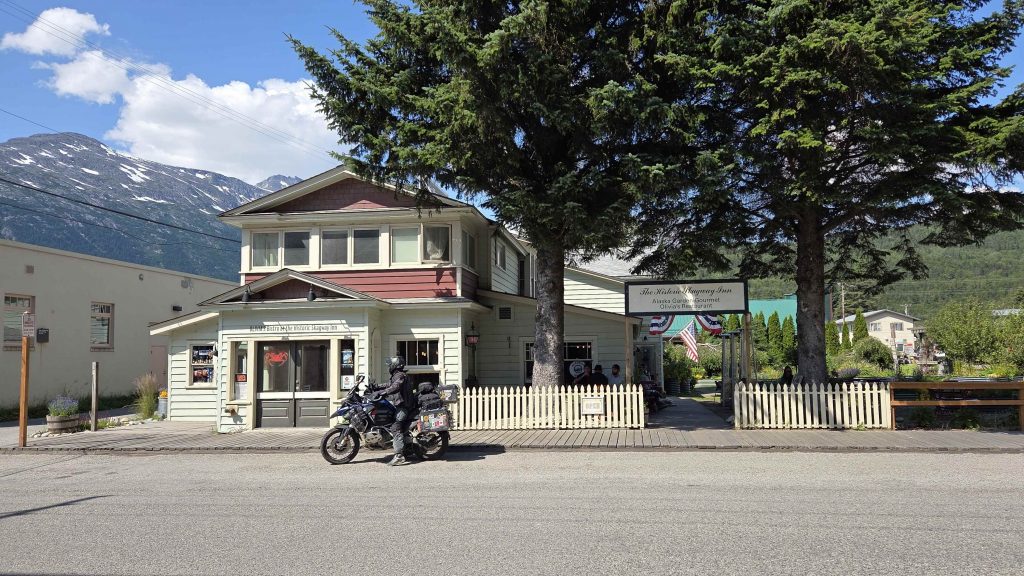
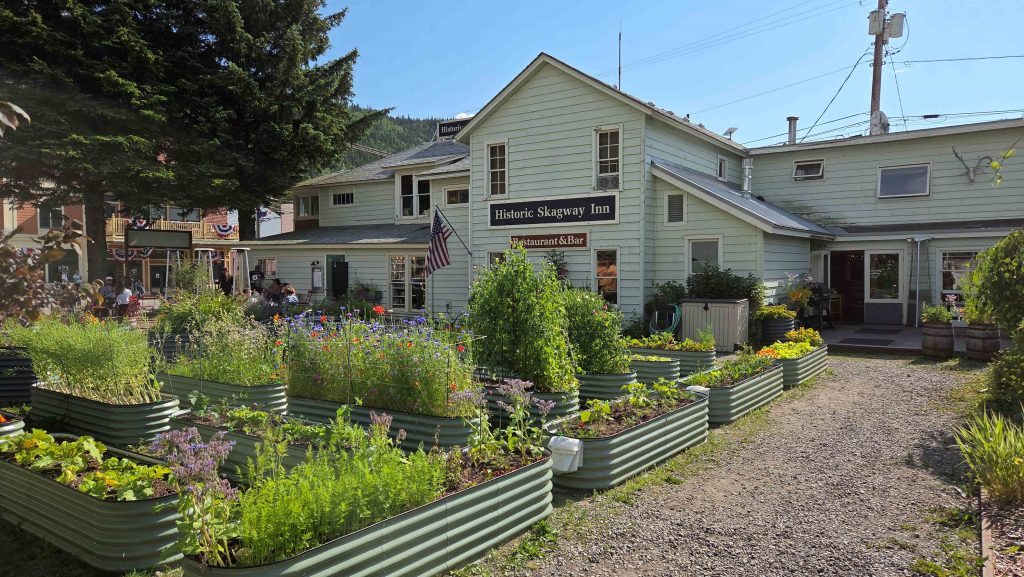

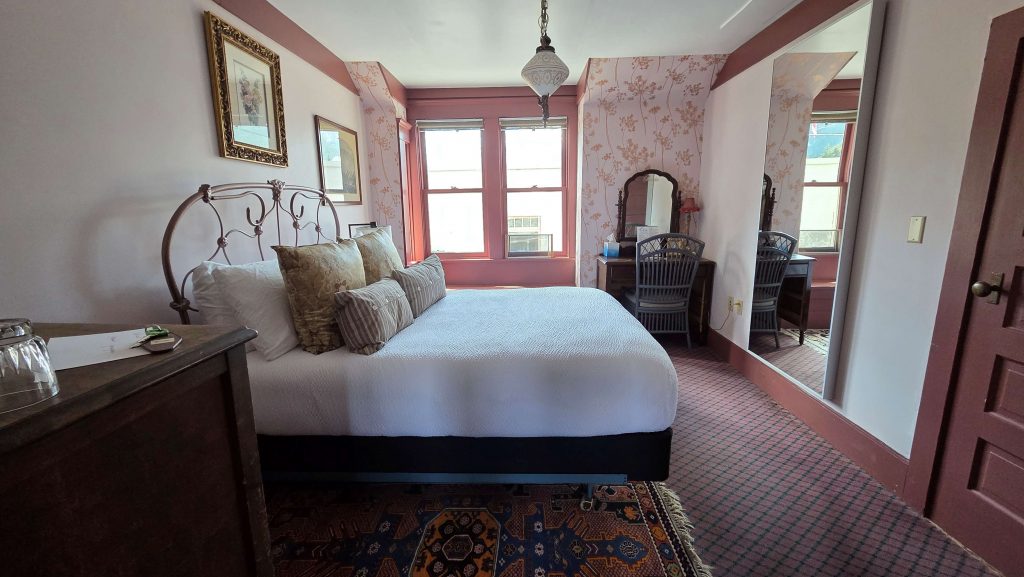
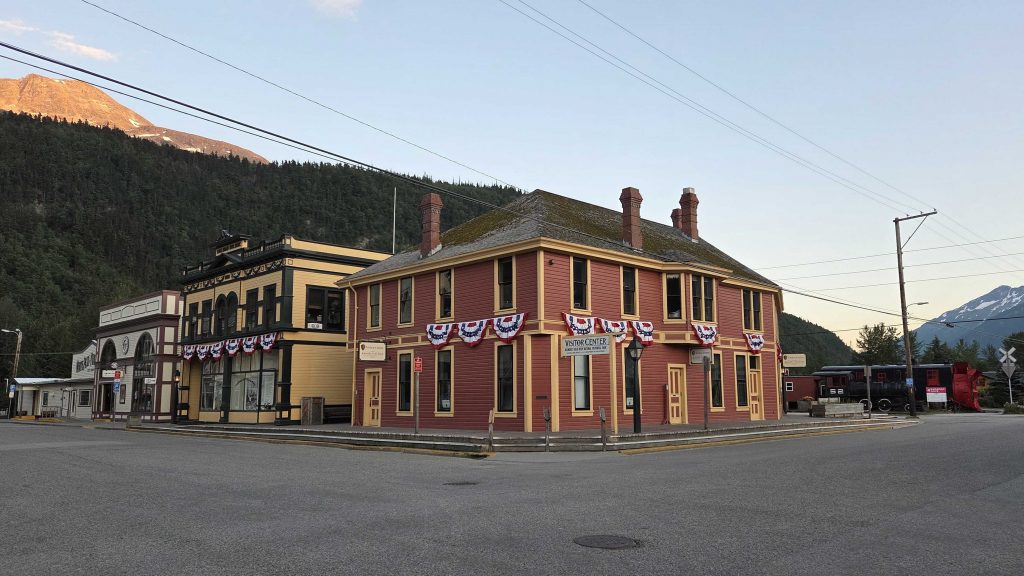
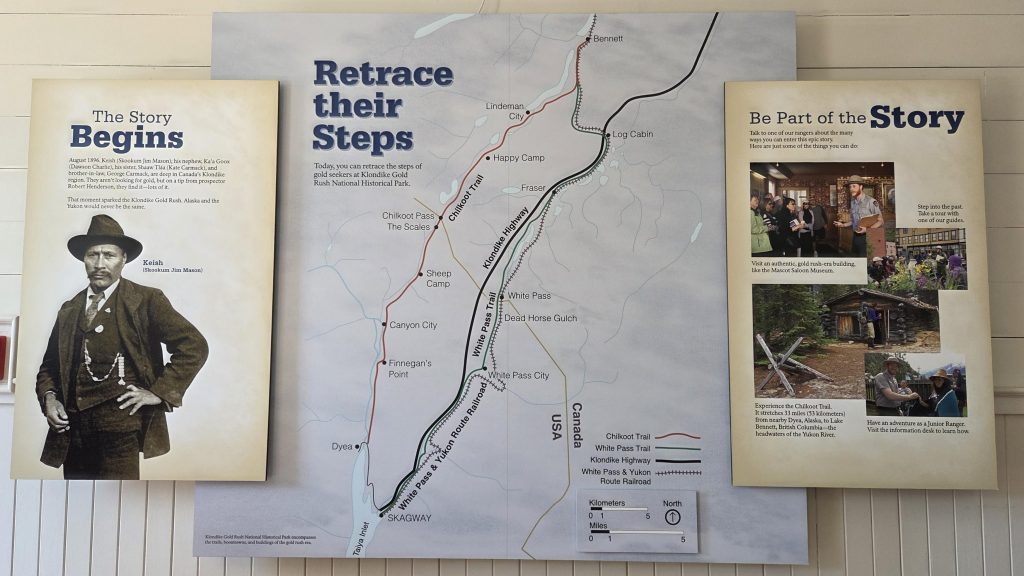
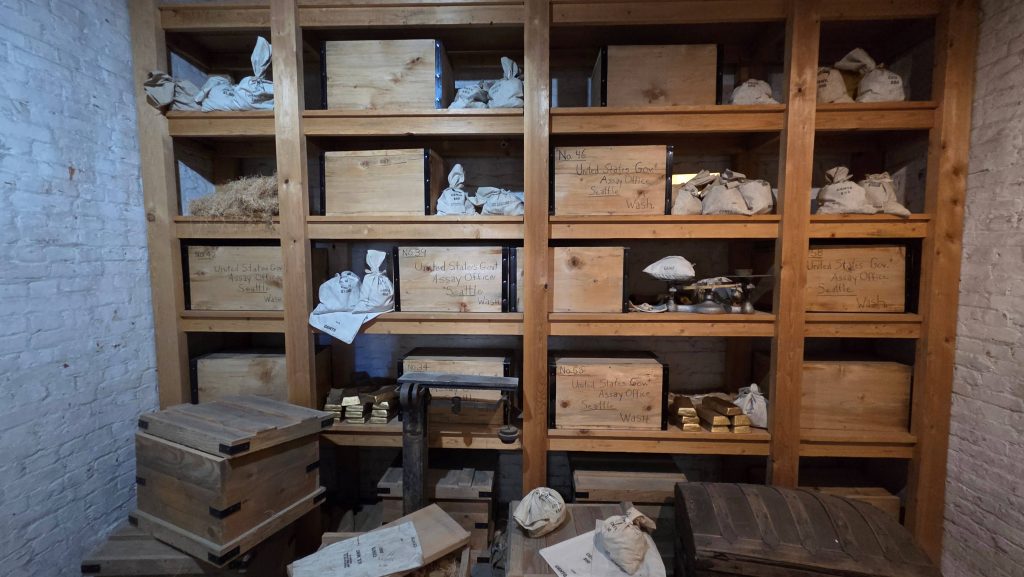
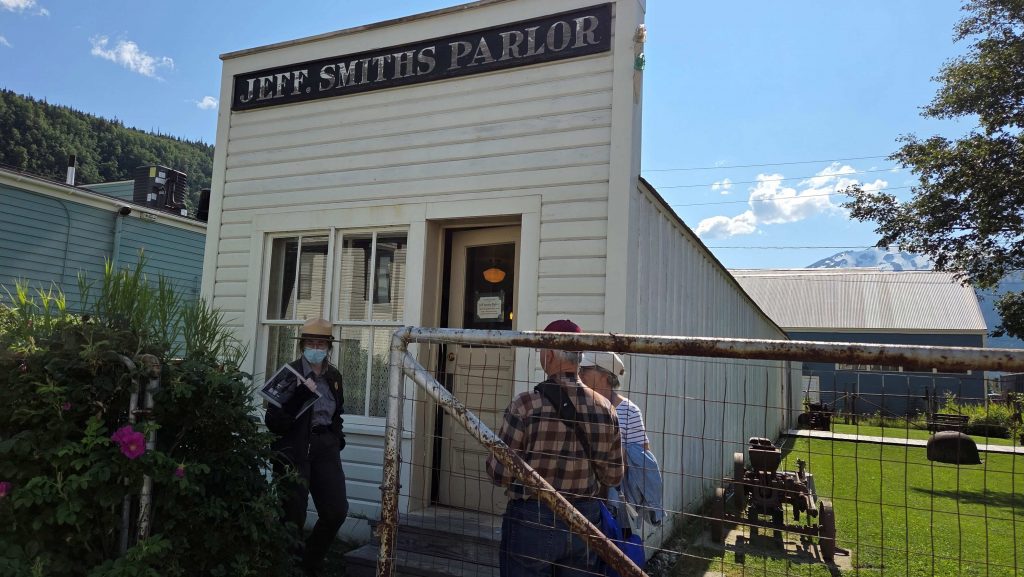
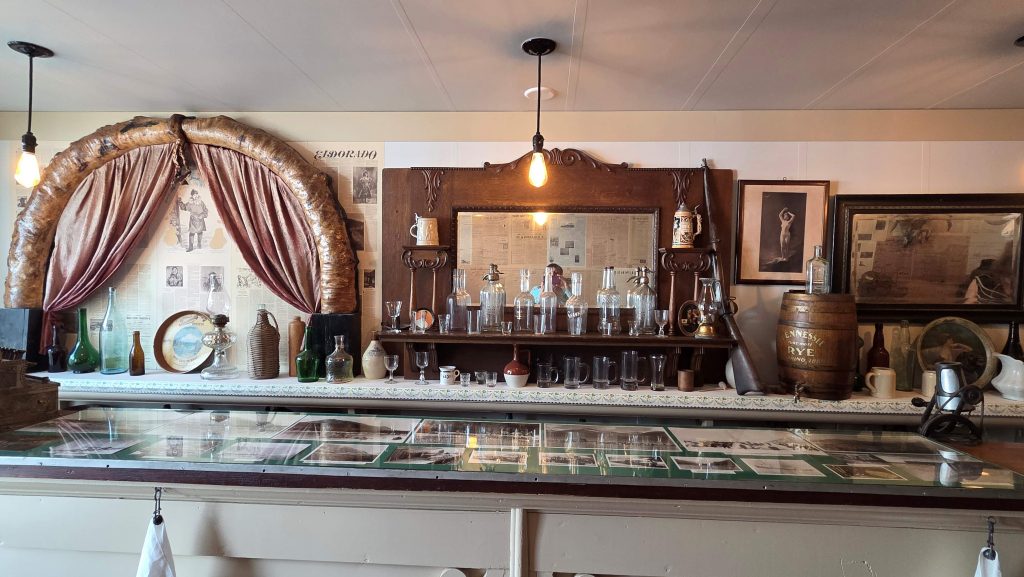
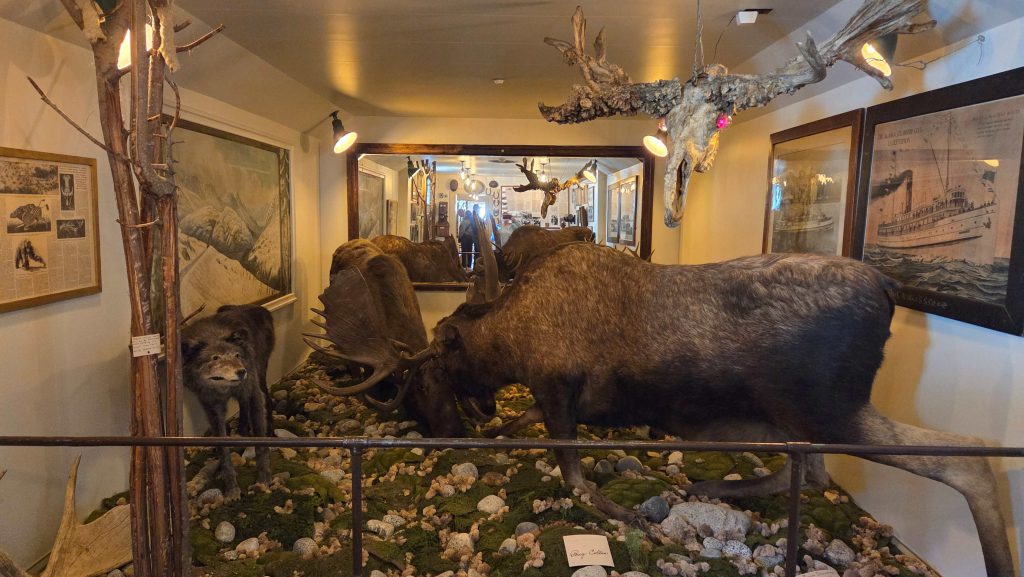
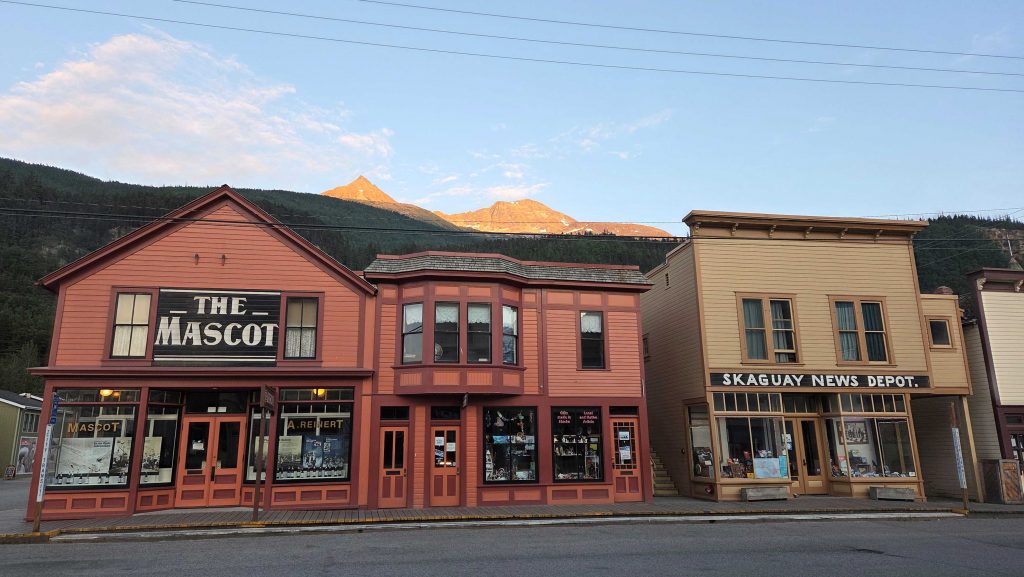
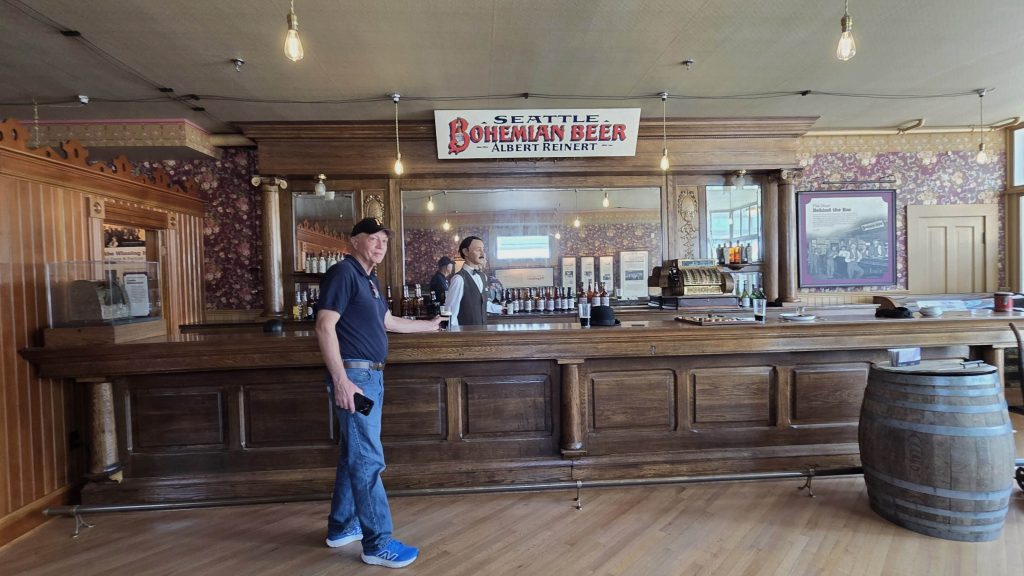
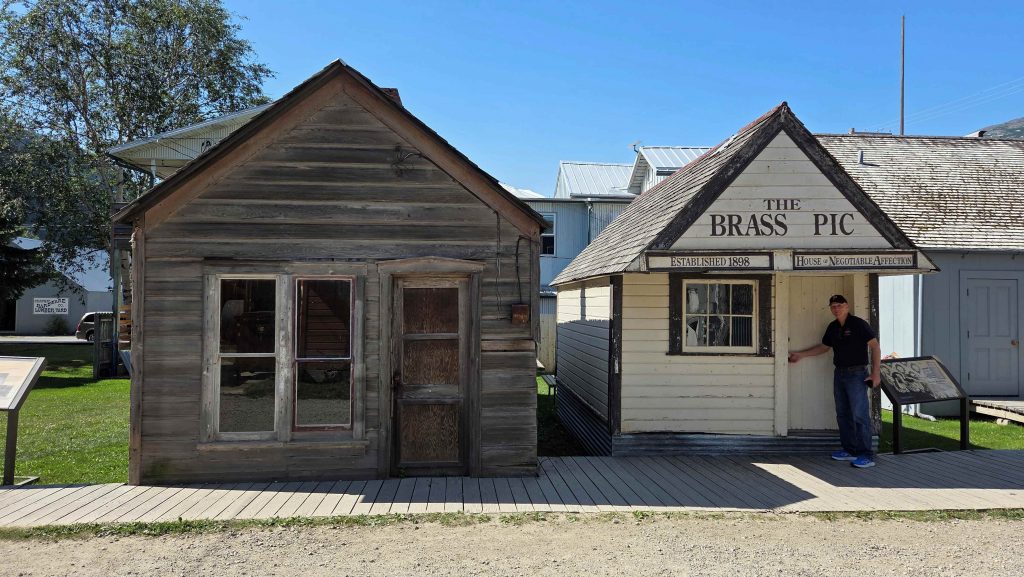
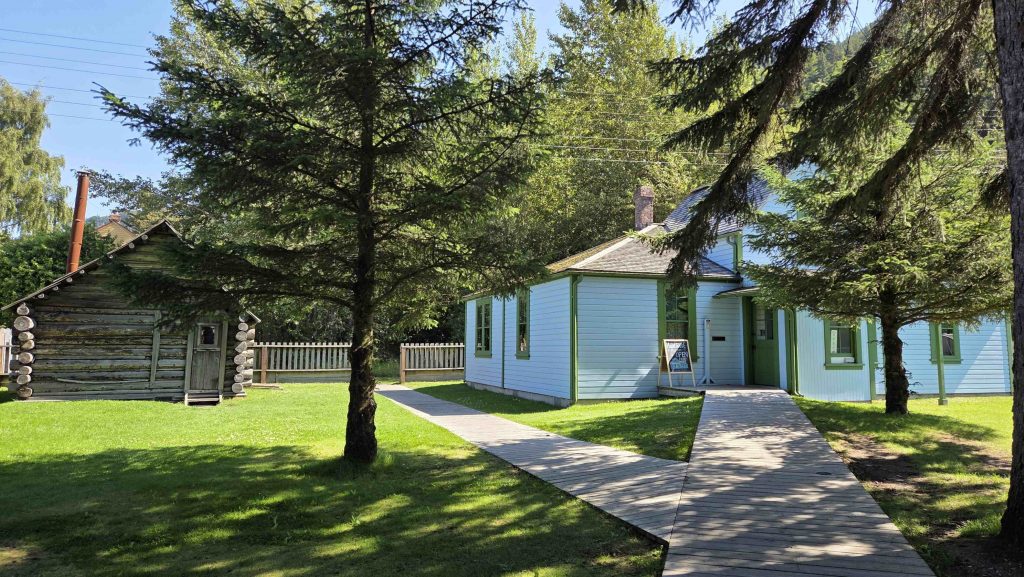
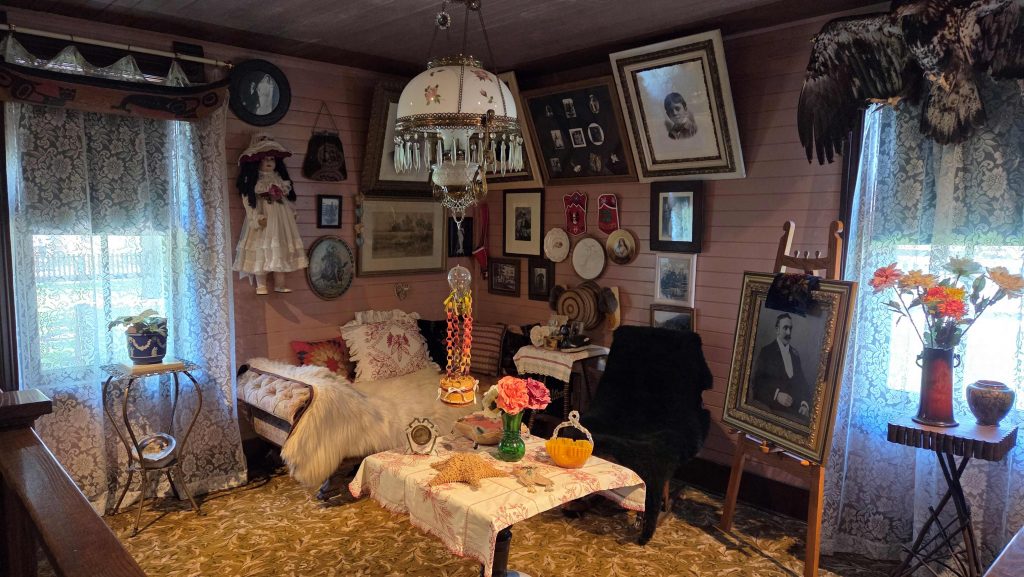

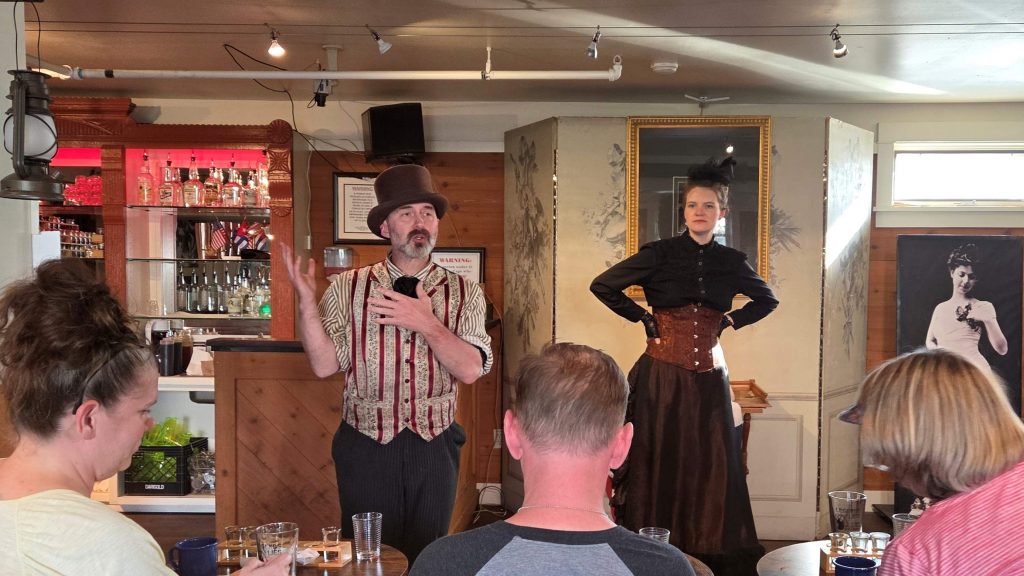
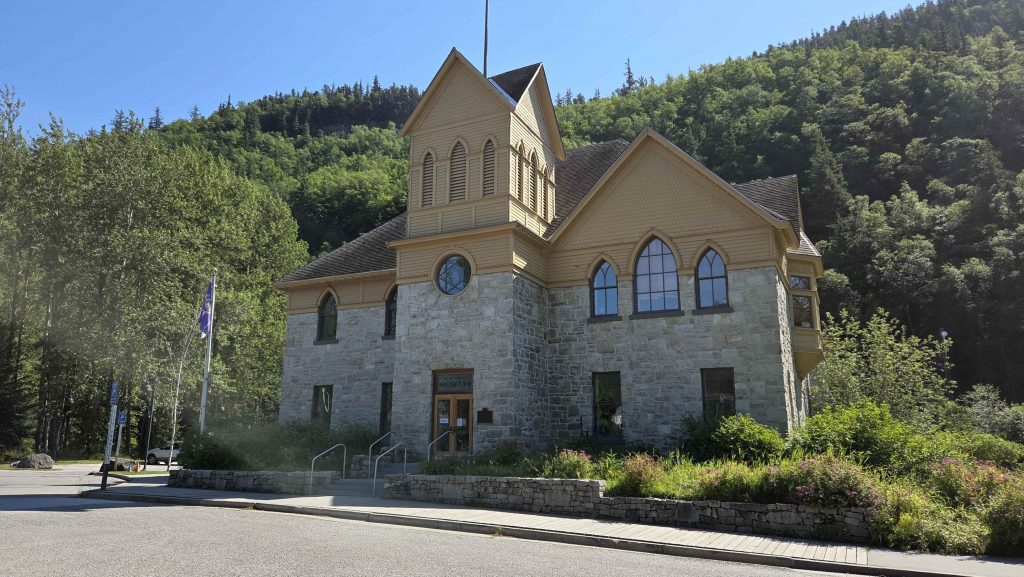
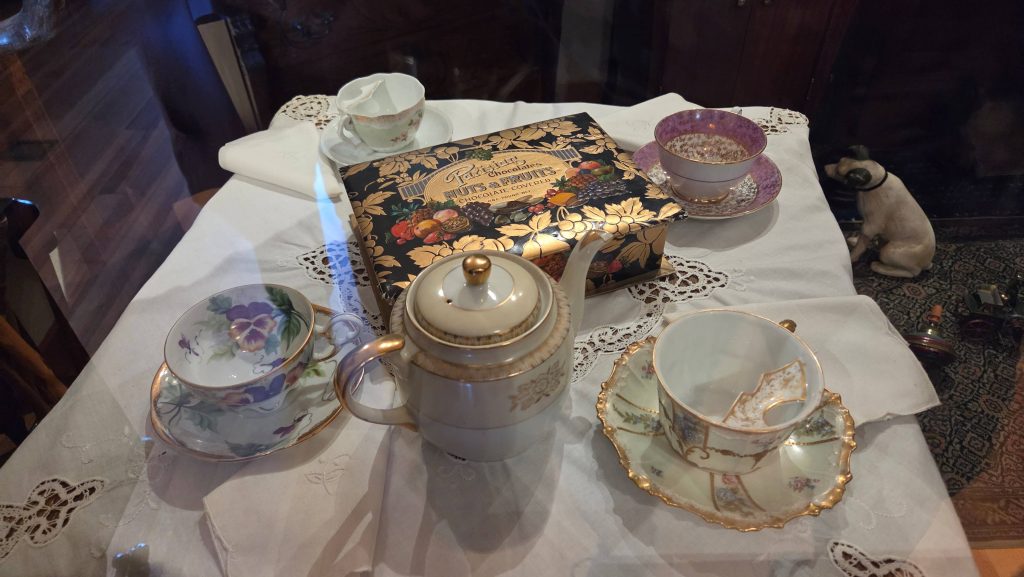
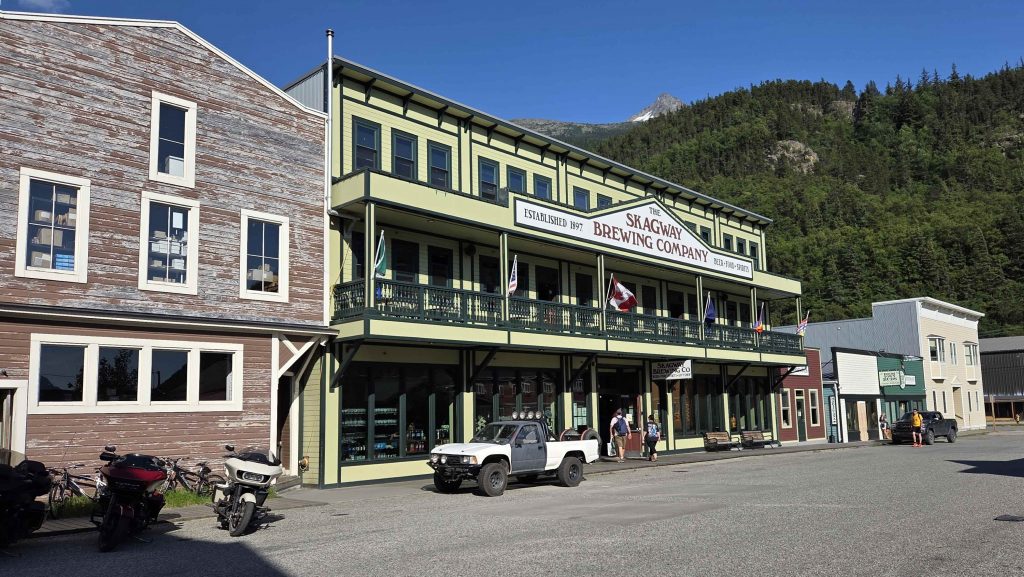
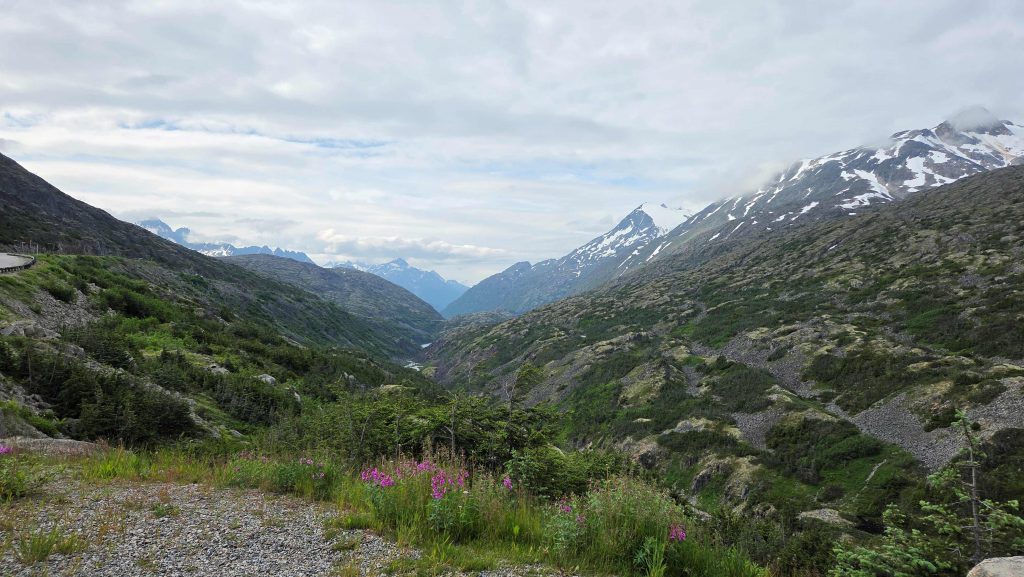
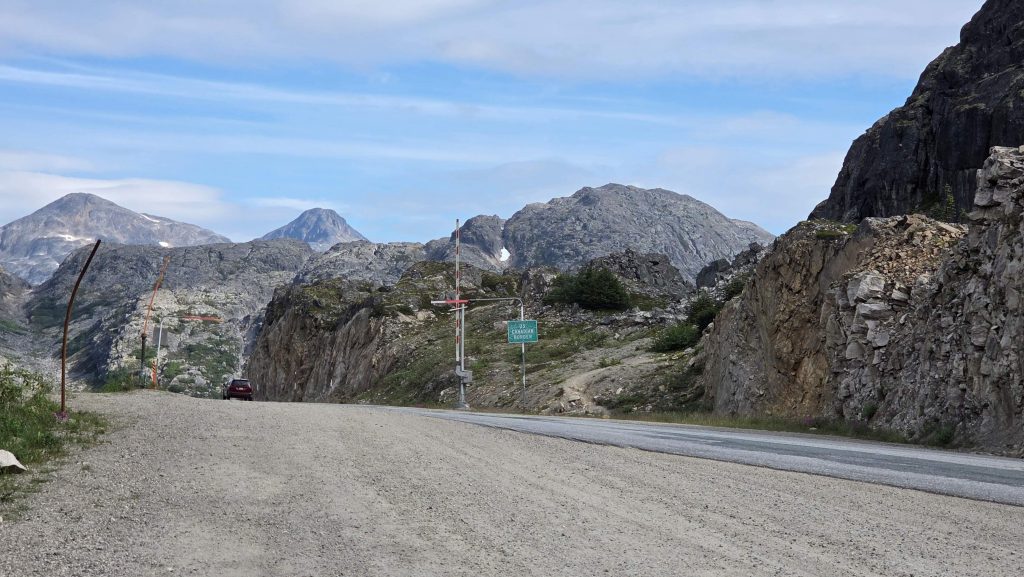
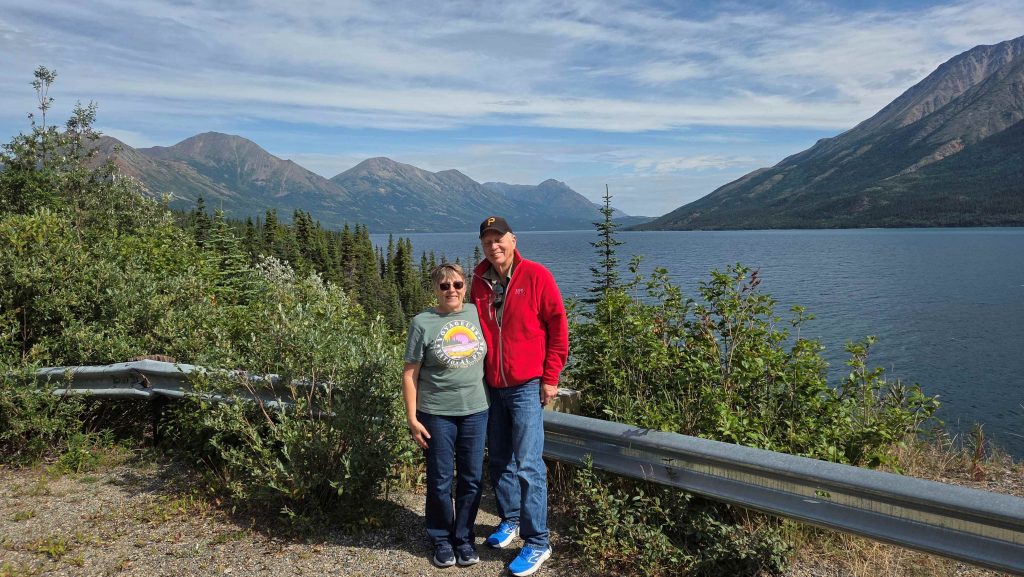
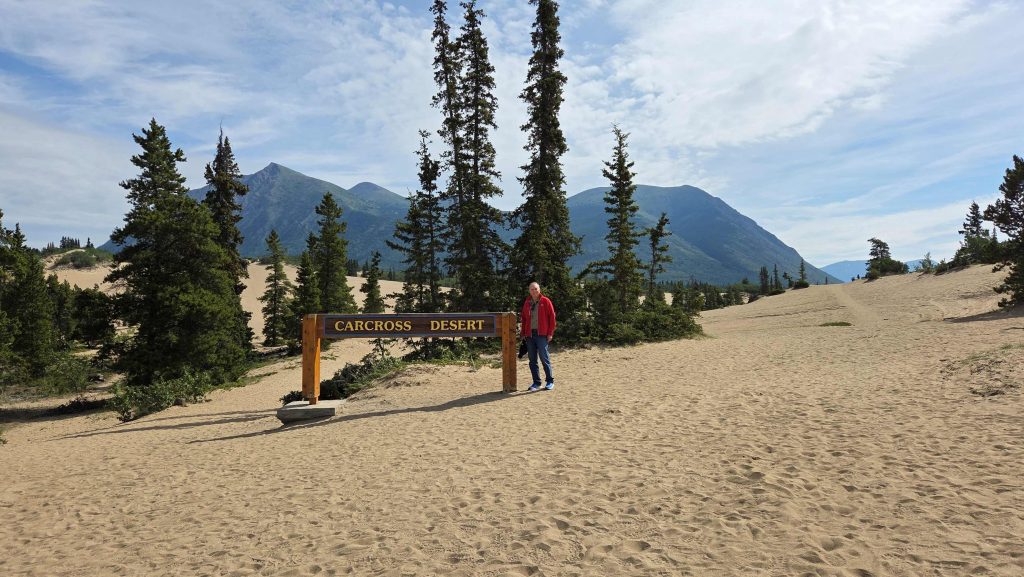
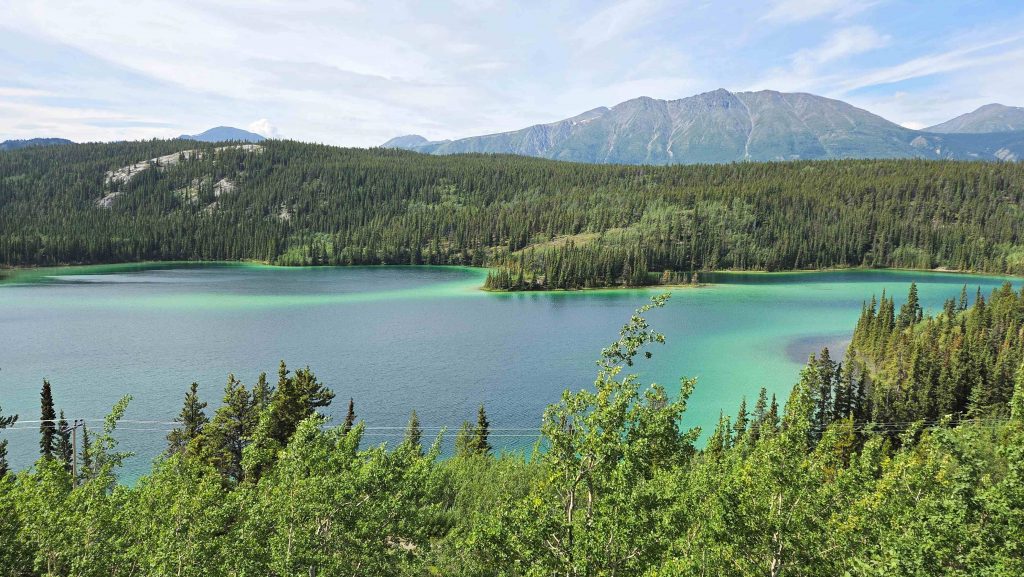
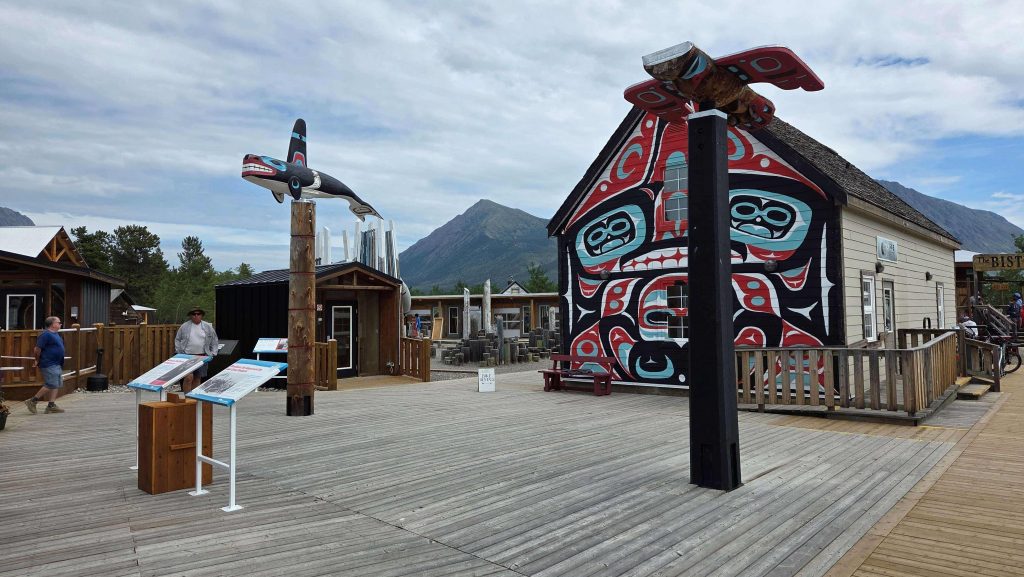
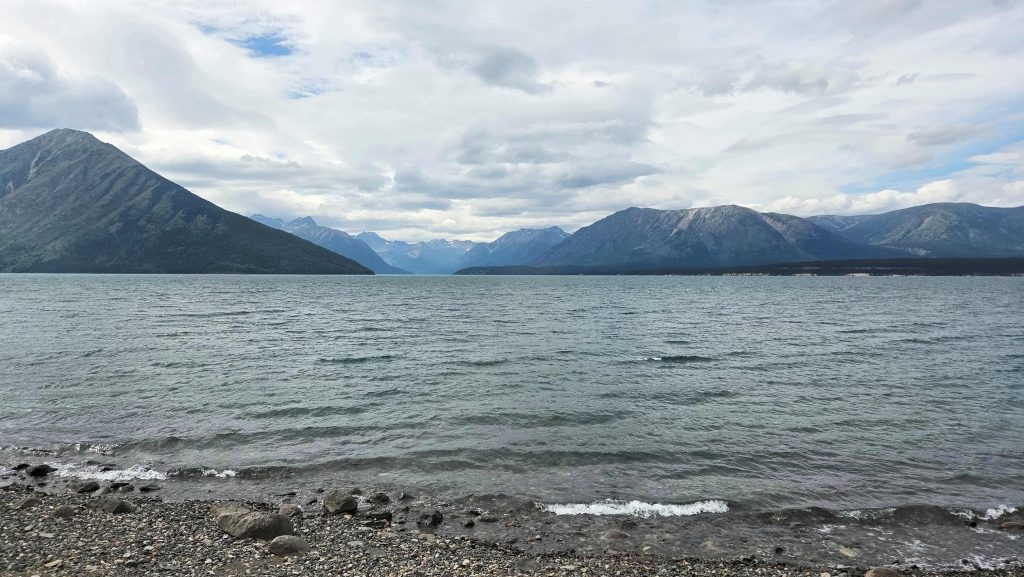
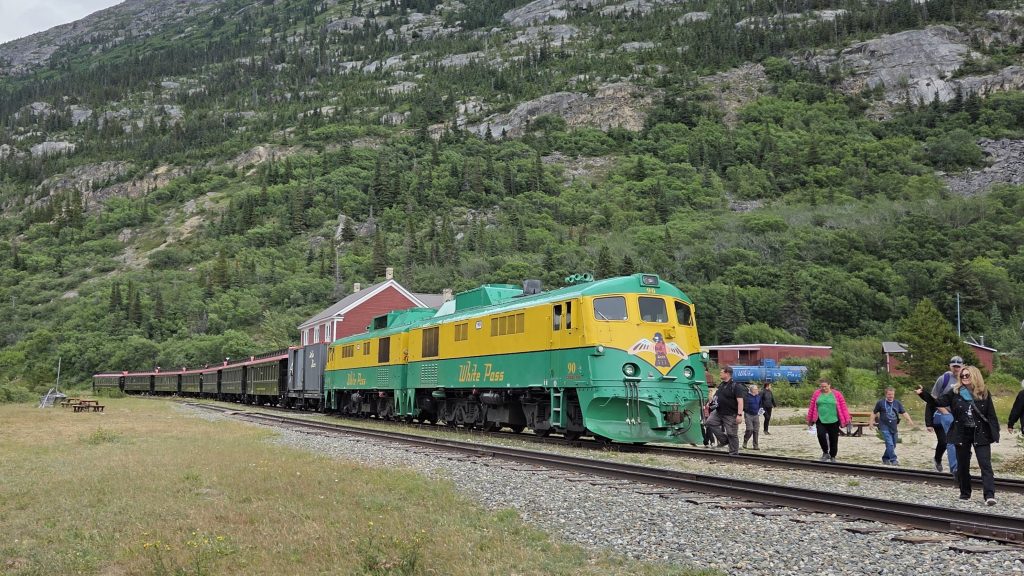
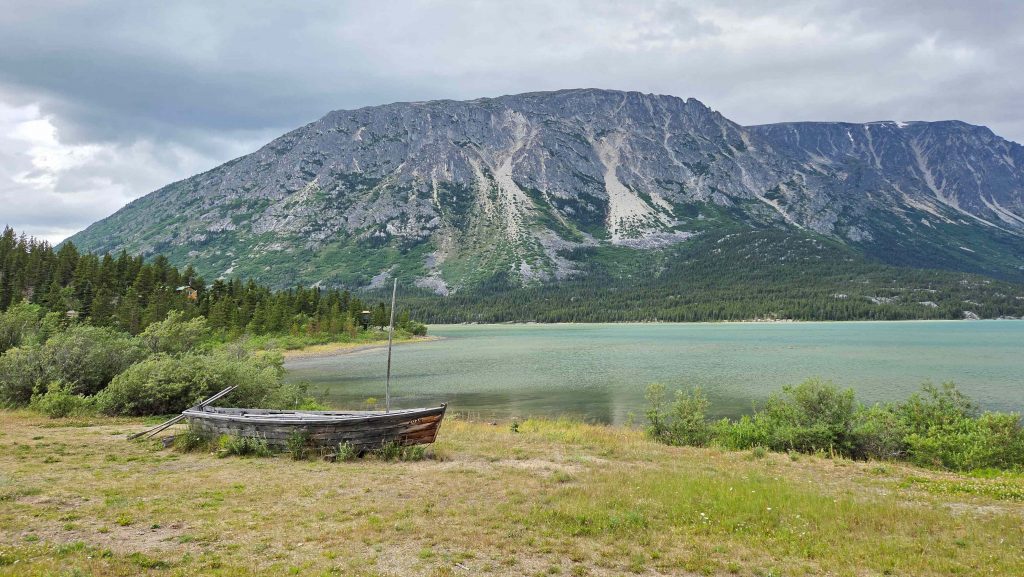
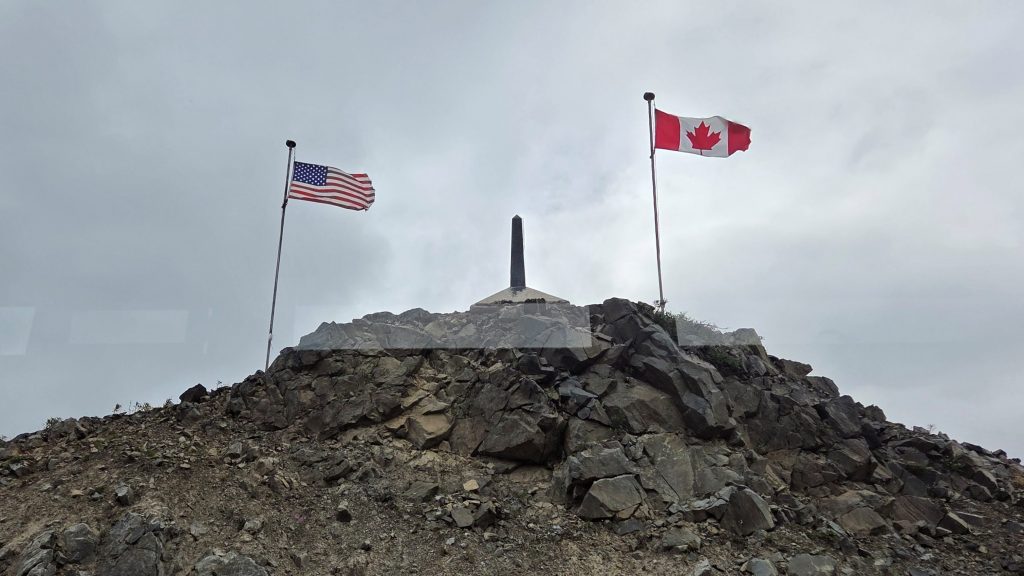
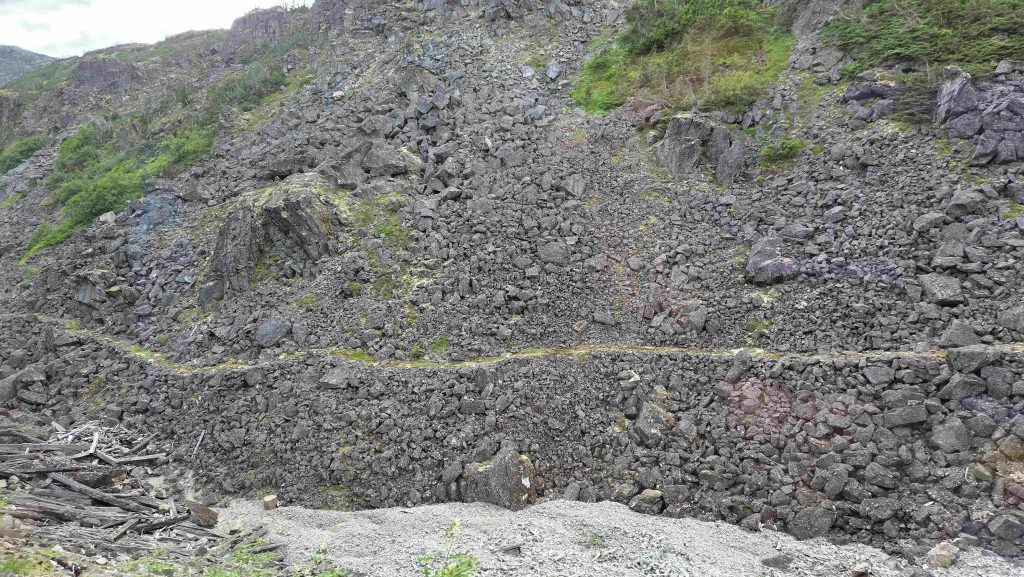
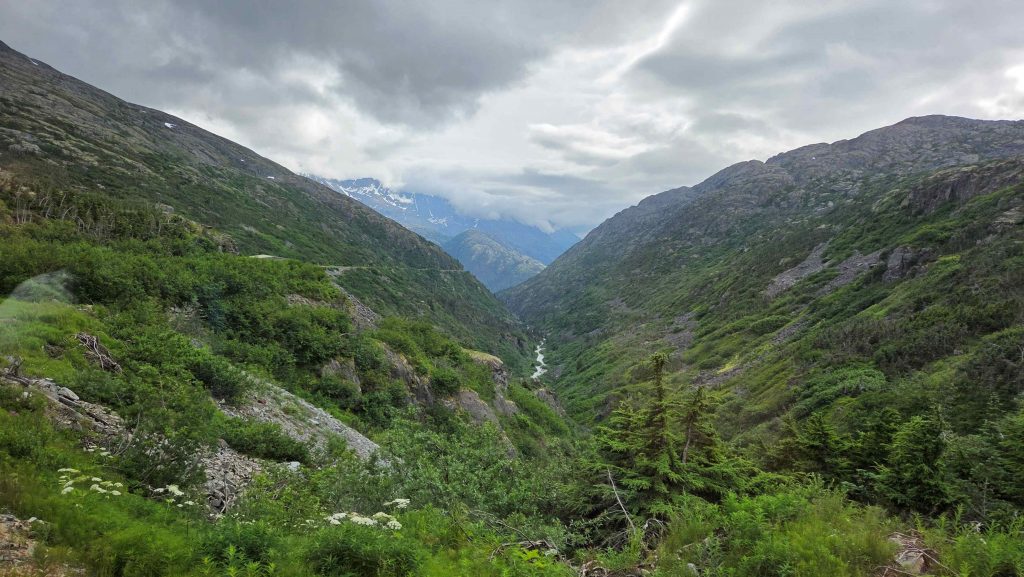
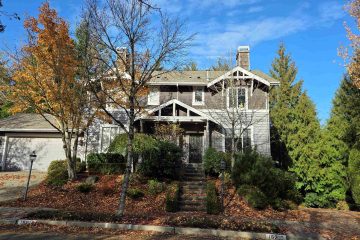
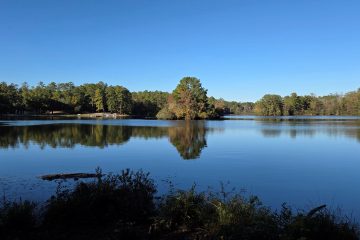
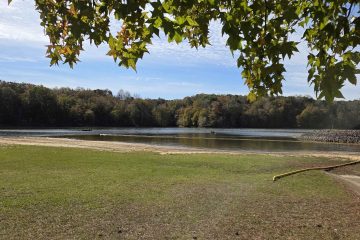
0 Comments